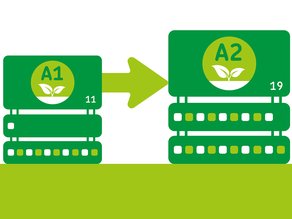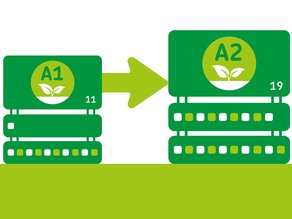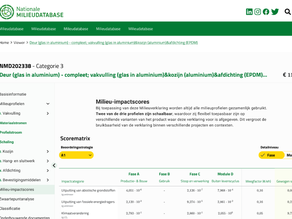The 19 impact categories explained
A life cycle assessment or LCA calculates the environmental impact of the building materials and construction products studied and results in an environmental profile, as stored in the National Environmental Database. This is done by examining the impact on 19 different environmental impact categories. But what do these categories really mean?
Read more about the 19 environmental categories or watch teh video (in Dutch) >
Until 2019, these environmental impacts consisted of 11 categories (set A1). In 2019, this was expanded to 19 environmental impact categories (set A2). Currently, the Environmental Performance of Buildings (EPB) is still calculated using the set of 11 impact categories. The set of 19 impact categories (A2) is expected to be used from 2025
The new set of environmental impact categories are based on current scientific methods and are in line with the Product Environmental Footprint (PEF), a method embraced by the European Commission to determine the environmental performance of products and thus also construction products.
The main change in this transition is to adjust the environmental impact categories of acidification, eutrophication, summer smog, human toxicity and ecotoxicity. Compared to the old set, the new set has been divided with sub-indicators and indicators have been added.
The new classification and expansion of categories has implications for the environmental profile of the construction products and building materials considered. Changing the environmental profile also changes the environmental performance of the building material or product, because the environmental performance is a numerical representation of the environmental profile.
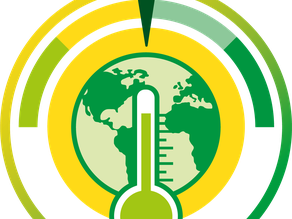
kg CO2-eq
Climate change - Total
Potential global warming from airborne greenhouse gas emissions. This environmental impact category is divided into 3 subcategories based on the source.
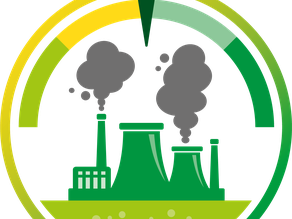
kg CO2-eq
Climate change - Fossil sources
Potential global warming from airborne fossil greenhouse gas emissions.

kg CO2-eq
Climate change - Biobased sources
Potential global warming from airborne biobased greenhouse gas emissions.

kg CO2-eq
Climate change - Land use changes
Potential global warming due to land use changes.

kg CFC11-eq
Ozone layer depletion
Ozone layer depletion concerns airborne emissions that cause destruction of the stratospheric ozone layer.

mol H+-eq
Acidification
Acidification involves the potential acidification of soil and water through the release of gases such as nitrogen oxides and sulphur oxides.

kg P-eq
Eutrophication of freshwater
Eutrophication of freshwater involves the enrichment of the freshwater ecosystem with nutrients through the emission of compounds containing nitrogen or phosphorus.

kg N-eq
Eutrophication of seawater
Eutrophication of seawater involves the enrichment of the marine ecosystem with nutrients through the emission of nitrogenous compounds.

mol N-eq
Eutrophication of land
Eutrophication of land involves the enrichment of the terrestrial ecosystem with nutrients through the emission of nitrogenous compounds.

kg NMVOC-eq
Smog formation
Smog formation involves the emission of gases that affect the formation of photochemical ozone in the lower atmosphere (smog), catalysed by sunlight.

kg Sb-eq
Depletion of abiotic resources minerals and metals
This concerns the depletion of natural non-fossil resources.

MJ, net cal. Val.
Depletion of abiotic resources fossil fuels
This concerns the depletion of natural fossil fuels.
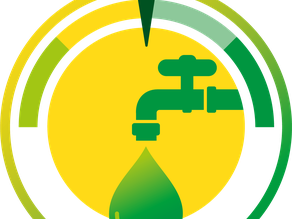
m3 world eq. Deprived
Water use
Water use involves the relative amount of water used, based on regional water scarcity factors.

Ziekte-indicatie
Particulate matter emissions
Emissions of particulate matter include the possible incidence of diseases due to particulate emissions.

kBq U235-eq
Ionising radiation
Ionising radiation involves the damage to human health and ecosystems caused by the emission of radionuclides.

CTUe
Ecotoxicity (freshwater)
This concerns the impact on freshwater organisms of toxic substances released into the environment.

CTUh
Human toxicity, carcinogenic
This concerns the impact on humans of carcinogenic toxic substances released into the environment.

CTUh
Human toxicity, non-carcinogenic
This concerns the impact on humans of non-carcinogenic toxic substances released into the environment.

Dimensieloos
Land use-related impact/soil quality
Land use involves the measurement of changes in soil quality (biotic production, erosion resistance, mechanical filtration).
